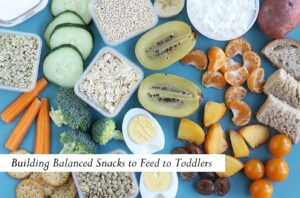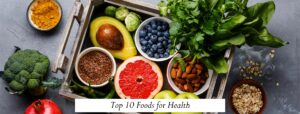Makanan Yang Bisa Menurunkan Kolesterol – Sejak pandemi COVID-19, type hidup beraktivitas di tempat tinggal saja semakin banyak dilakukan oleh berasal dari satu} besar masyarakat. Karena tidak beroleh hiburan, banyak orang yang sesudah itu berubah terhadap makanan sebagai sumber penghiburan bagi mereka. Akibatnya, banyak yang mempunyai pola makan tidak terkontrol sampai sebabkan naiknya kadar kolesterol didalam tubuh.
Sejatinya, kolesterol dibutuhkan oleh tubuh manusia slot bet 100 gacor. Akan tetapi, bersama pola makan yang tidak terkontrol, kadar kolesterol didalam tubuh mampu mengalami peningkatan dan menyebabkan problem kesehatan. Simak penjelasan tersebut untuk mengetahui makanan penurun kolesterol yang mudah ditemui!
Sebelum beranjak terhadap daftar makanan penurun kolesterol, ketahui dahulu bahwa tubuh manusia tetap perlu kolesterol. Dilansir berasal dari Kemenkes, untuk anak-anak, keseluruhan kadar kolesterol yang harus dimiliki oleh tubuh adalah sebesar 170 miligram per desiliter, sedangkan untuk orang dewasa kadar kolesterol yang dibutuhkan berada terhadap kisaran 125-200 mg/dL.
Beberapa Makanan Yang Bisa Menurunkan Kolesterol
- Beras Merah
- Gandum
- Sayuran berdaun gelap
- Seledri
- Buncis
- Kedelai
- Kacang-Kacangan
- Terong
- Ikan dengan Kandungan Omega 3
- Ikan Salmon
- Buah-Buahan Tertentu
Untuk mengetahui kadar kolesterol didalam tubuh, sebaiknya lakukan pemeriksaan secara rutin. Alangkah baiknya pemeriksanan dilakukan sejak umur 9-11 th. dan diteruskan per lima th. sekali. Untuk anak yang mempunyai riwayat penyakit kolesterol tinggi, stroke, dan jantung berasal dari bagian keluarganya, dusarankan untuk mengecek kadar kolesterol lebih dini.
Baca juga: Makanan yang Pernah Viral di Indonesia, Kamu Udah Coba?
Ketahuilah bahwa terkandung tiga jenis kolesterol didalam tubuh, yaitu kolesterol baik (HDL), kolesterol jahat (LDL), dan trigliserida. Pada dasarnya, kadar berasal dari tiap-tiap komponen tersebut harus sebanding sehingga tidak menyebabkan persoalan kesehatan, layaknya kolesterol tinggi dan komplikasi kolesterol, meliputi serangan jantung, gagal jantung, sampai penyakit jantung koroner.
Kadar kolesterol yang baik akan berguna bagi metabolisme tubuh manusia. Selain itu, kolesterol juga mampu berguna untuk merawat sel, membentuk hormon, membentuk asam empedu, merawat manfaat otak, dan membantu produksi vitamin D secara otomatis dikala terpapar cahaya matahari. Apabila kadar kolesterol didalam tubuh normal, 7-dehidrokolesterol (7-DHC) didalam kulit akan diubah menjadi calcitriol yang sesudah itu diubah menjadi vitamin D oleh hati dan ginjal.







